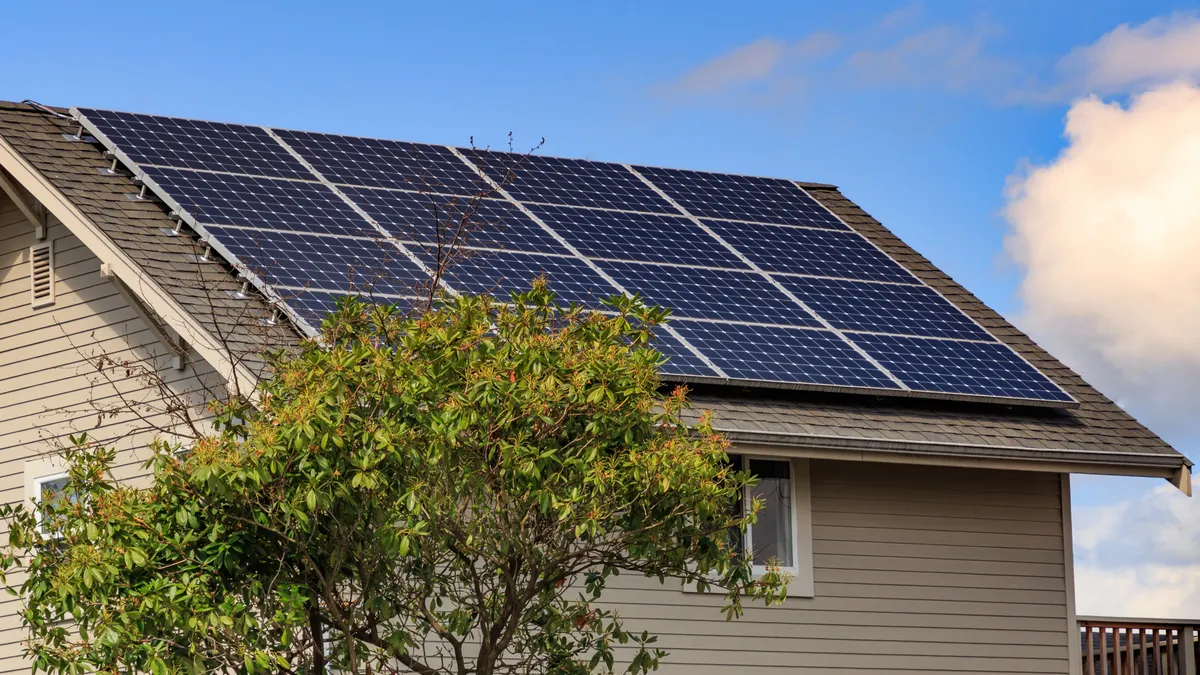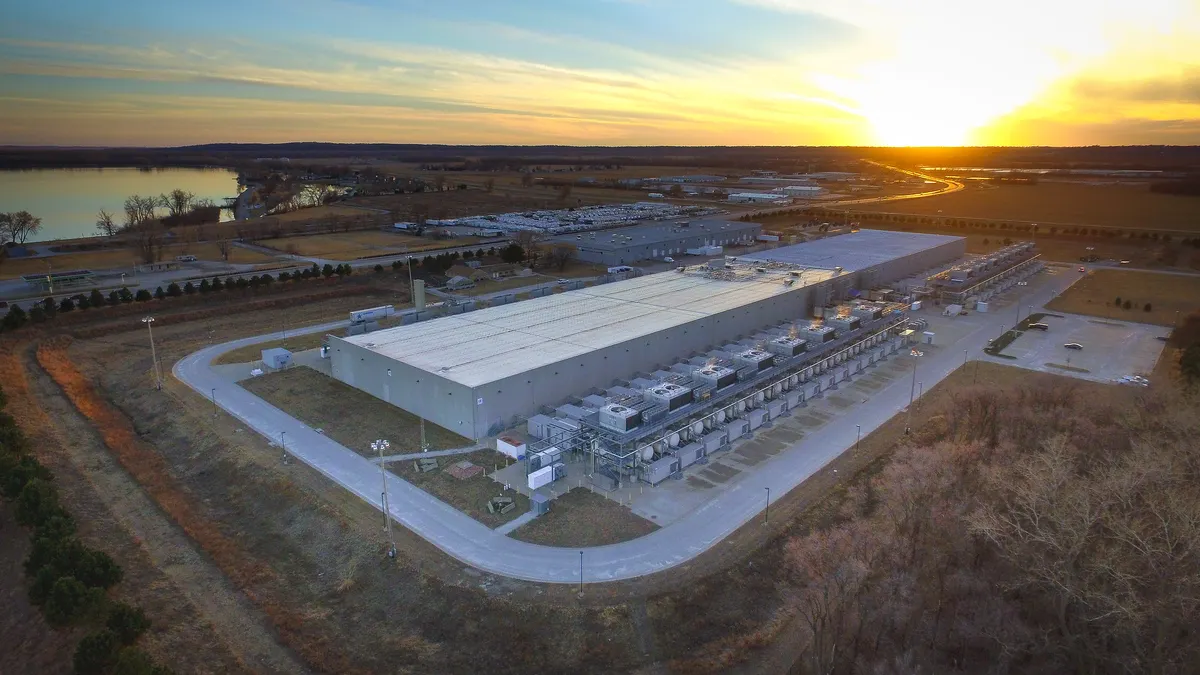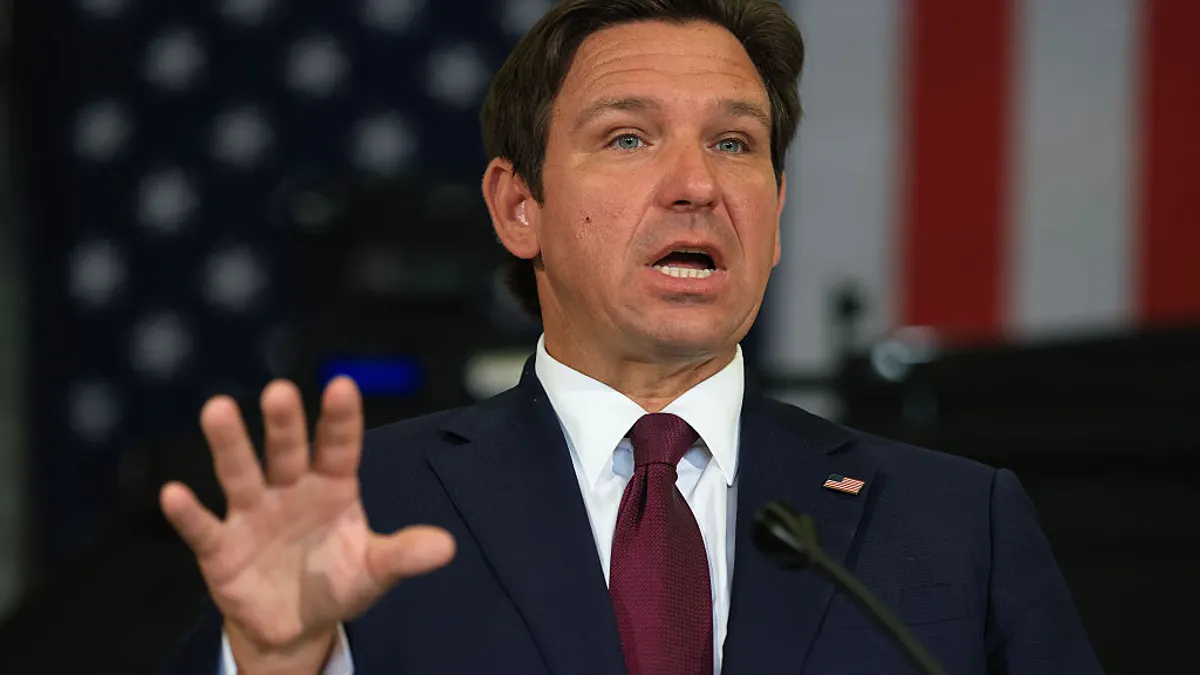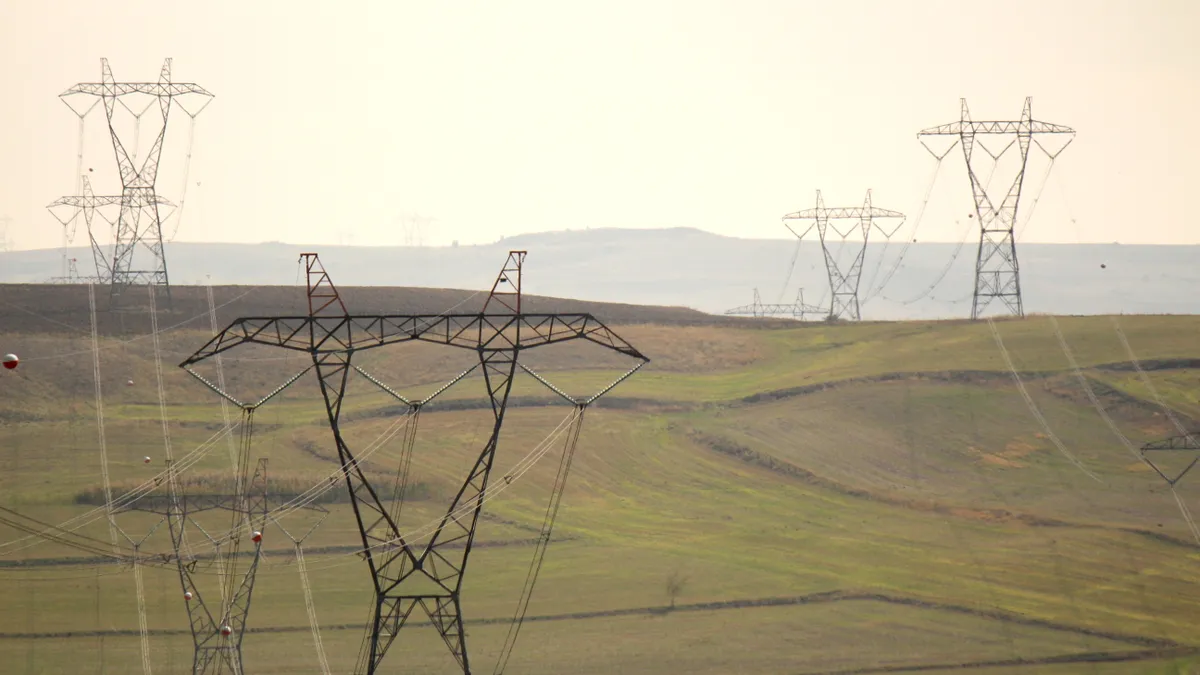Mike Judge is Vice President of Strategic Initiatives at the Coalition for Community Solar Access.
For New Englanders, our national energy insecurity portends progressively more painful winter seasons. Despite a relatively mild winter thus far, energy costs in the Northeast are already extremely high. The region’s natural gas-reliant power sector has already faced massive disruptions, from snarled fuel supply chains impacted by inflation and the war in Ukraine, to the perennial risk of nor’easters and historic bouts of extreme cold. Regulators are inquiring into electricity companies’ doubling of natural gas rates to start the new calendar year.
The combination of the climate crisis and these high energy prices means we are in an “all hands on deck” moment for renewable energy. The development of offshore wind and hydropower is essential to address these issues in the Northeast especially, but they will take years to develop. In the meantime, we must rapidly expand distributed solar programs that support locally sited projects to lower prices and emissions.
The advantages of distributed renewables, including local, customer-sited and community solar facilities — especially when paired with energy storage — have been proven time and again.
A recent report from the U.S. Energy Information Administration finds that in 2021, states with higher levels of distributed solar experienced both fewer outages and shorter outage recovery times. For more evidence, New England policymakers can look to their southern neighbors, whose community-scale combined solar and storage facilities helped keep the grid running through Hurricanes Fiona and Ian earlier this year.
Solar power is still valuable in winter, too. Twelve years of data from tens of thousands of Massachusetts solar facilities demonstrates they are still about 30% to 50% as productive in the winter as in the summer. In a region whose power system performance and pricing have proven vulnerable to limited fuel supplies, this zero-fuel-cost resource provides essential breathing room.
Further, customer-sited and community solar (and storage) projects can get online quickly with some projects able to be stood up in just months. Larger-scale renewable projects, while ultimately essential, can take many years to be deployed, and neither our climate nor our pocketbooks can afford for us to do nothing while we wait.
Finally, low-income and rural communities bear the brunt of ballooning energy costs. For low-income households, such price increases make up a far larger share of their income, and getting power to rural communities tends to be more expensive. This winter, despite less consistently cold temperatures, has proven no different.
Community solar projects can address these painful issues. In all six of New England’s state community solar programs, ratepayers that “subscribe” to a community solar project will receive savings on their utility bills, empowering them with a reliable new revenue stream that reduces their electricity costs.
Commendably, New England’s state legislatures and utility regulators have led the nation in community solar program development and implementation. But just as the impetus to expand these programs is considerable, so, too, is the opportunity.
Through tax credits, the Inflation Reduction Act incentivizes the expansion of most renewable power generation resources, including community solar. And larger credits are available to projects that are either located in, or direct a certain portion of their benefits to, qualified low-income and otherwise disadvantaged communities.
The IRA provides incentives specifically for state and local governments, too. The law appropriates billions of dollars in competitive grants to help states and other entities with the development and implementation of distributed solar programs that serve disadvantaged communities.
With the IRA’s tax credits and competitive grants, state policymakers have an opportunity to expand their existing solar programs while incorporating more ambitious equity requirements and advancing energy justice, but without having to worry about discouraging deployment.
To the credit of the region’s power sector leaders, state policymakers, and utility regulators, it’s clear they are not oblivious to the need to act expeditiously to address the current crisis we face. But standing-up New England’s legacy energy supplies and offering limited defrayments to ratepayers — while helpful — will accomplish little in addressing this chronic challenge over the long-term. The patchwork approach has shown its holes.
State policymakers have the technology and the funds to make this and future winters more bearable — especially for their most vulnerable communities—by deploying more distributed solar today.
What’s needed is action.






















